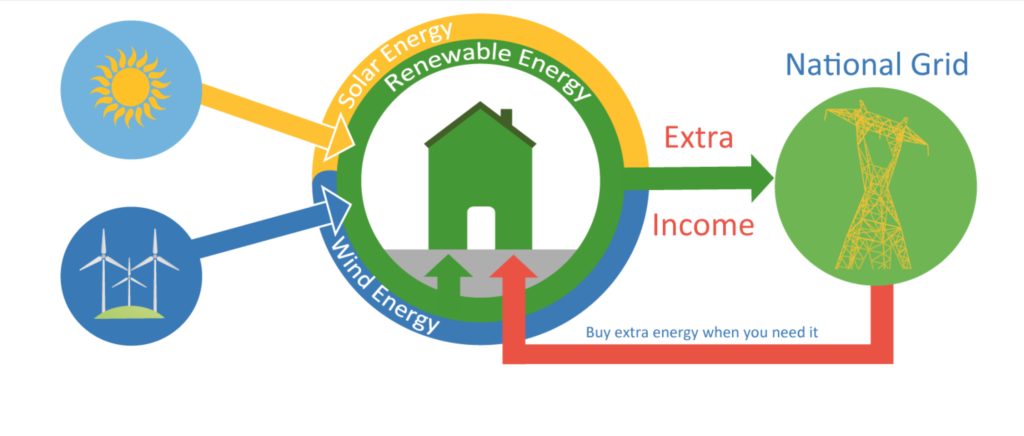Thinking of purchasing a solar panel system? How about the possibility of getting paid for the excess solar energy you produce? Keep on reading below to find out how.
What is a Feed-in Tariff?
A Feed-In Tariff (FiT) is a rebate or credit that your business, equipped with solar panels, can attain from surplus electricity supplied back to the electricity grid.
Not only do solar panels generate electricity to maintain all your own energy needs, but your investment in solar often pays itself back through FiT rebates.
FiTs in NSW
1. Retailers set their own FiT price
In NSW, energy retailers can choose whether they offer FiTs to their customers.
For those that do, the NSW Government liaises with the Independent Pricing and Regulatory Tribunal (IPART) to set guidelines for these rebates.
These guidelines represent the going rate for what it currently costs retailers to buy from large-scale generators.
For 2020-21, the benchmark range is $6.0 to 7.3c/kWh.
2. History of Government Policy
The FiT range has fluctuated significantly depending on government policy, with NSW’s Gross Feed-In Tariff scheme once offering up to 60c/kWh up to the end of 2016.
The policy was used to incentivise a large-scale uptake of rooftop solar. While the FiT may not be that high anymore, it has paved the way for more efficient panel technologies and battery storage which you can enjoy today.
3. What next for NSW?
The substantive change to solar systems has been the introduction of a smart meter which tracks electricity imported and exported to/from the grid.
As the FiT rebate fell, many also elected to install larger systems to meet the energy needs of their business.
The next step to complement a FiT are battery storage systems, which are experiencing a steady reduction in purchase price and will reduce your electricity bills even further.
How much do I get from a FiT payment?
To put the benchmark range in context, the average price of retail electricity in 2020 was around $25.5c/kWh. A FiT could reduce this price to near $19c/kWh.
In a recent report by Energy Consumers Australia, the average electricity consumption of small business was around 20,000kWh annually.
Factoring in the ranges above, without a FiT you might pay $5,100 each year for electricity, but with a FiT from your solar panels you could instead pay closer to $3,800.
In this scenario, a FiT could help you save up $1,300 per year on your electricity bill.
How can I choose the best FiT policy for my business?
The numbers above give you an idea of how a FiT could benefit your electricity bill, however a FiT will often differ significantly between retail providers.
To help you learn more about FiT price, the NSW Government offers an independent online tool that compares various FiT deals. Power Saving Solutions have the market knowledge to answer any of your questions on FiT and what it means for your solar system.
Contact us now
We want to help your business receive the benefits of a FiT from your solar panel system.
No alt text provided for this image
Give Power Saving Solutions a call today on 1300 659 229 to learn about how you and your business can benefit from Feed-in Tariffs. You can also visit our website for more information: https://powersavingsolutions.com.au/ .


